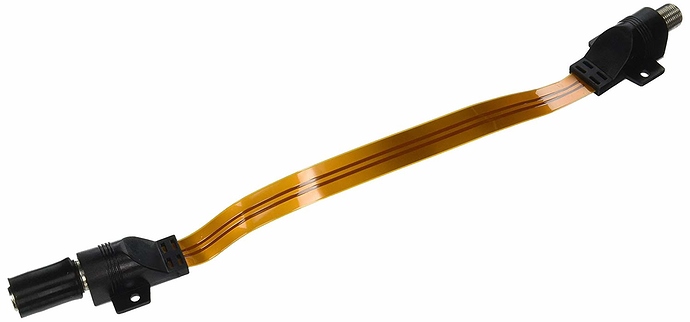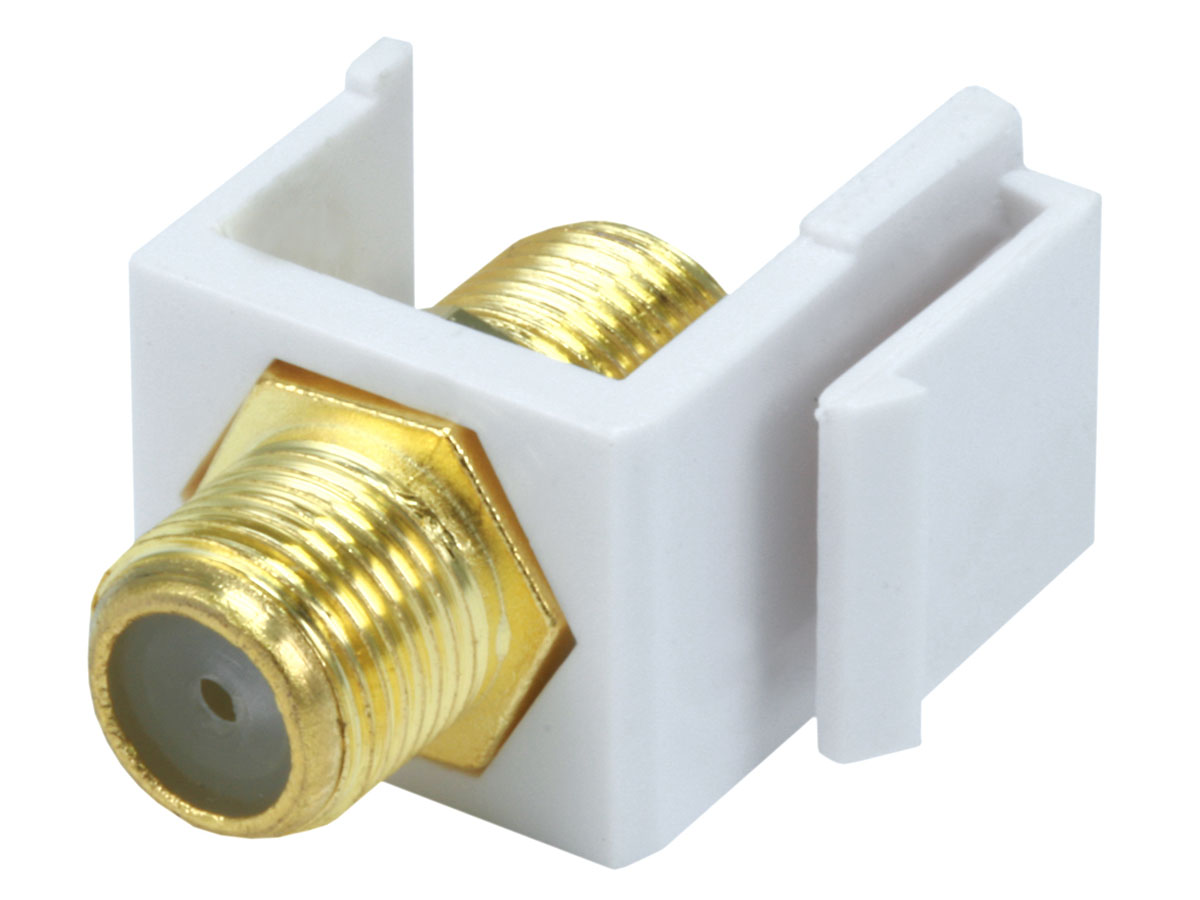Since this comes up in different threads I thought the information should be easier to find…
Antennas – Over-The- Air-Reception-Devices (OTARD) Rule – The Telecommunications Act (the “Act”) of 1996 was intended to promote the advancement of technology and competition among many new service providers, thereby allowing viewers the greatest possible access to the greatest variety of available programming at an affordable cost. In late 1996, the Federal Communications Commission (FCC) adopted the “Over-The-Air-Reception-Devices (OTARD) Rule.” This rule addressed viewers’ ability to receive video programming signals from: 1) television broadcast stations (“TVBS”), 2) direct broadcast satellites (“DBS”), and 3) multi-channel multipoint distribution (wireless cable) providers (“MMDS”). While allowing for some very limited controls and restrictions, notably for safety and historic preservation, the rule preempts all recorded covenants and restrictions that impair the installation, maintenance and use of antennas to receive video programming. The rule applies to all satellite dish antennas less than one meter (39.37”) in diameter, to all broadcast TV antennas, and to antennas (one meter or less in diameter or diagonal measurement) for reception of wireless cable signals. The OTARD rule supercedes all restrictive covenants that:
- preclude, degrade, or interfere with the reception of an acceptable quality signal;
- unreasonably increase the cost of installation, maintenance or use of the antenna, and
- unreasonably delays or prevents the installation of the antenna.
The OTARD rule was amended in January 1999 to apply to rental properties and homeowner and condominium associations where a tenant or resident has exclusive use of limited common elements such as a balcony or patio. It applies to all types of multiunit and manufactured (mobile) homes as well as to single family homes. Residents may install an antenna on a limited common element within their exclusive use as well as on property they own outright (i.e., a yard), but may be prohibited from installing an antenna on the common element roof of a multiunit building. A central antenna system installed on common elements by the association may allow restriction of the installation of individual video antennas, provided that:
- the viewer receives the particular video programming service that he/she/they desire and could receive with an individual antenna (i.e., all DBS, TVBS and/or MMDS providers, not just any provider of the association’s choice);
- the video reception from the central system (in the residence) is as good as or better than the quality received from an individual antenna;
- the costs associated with use of the central system are no greater than the costs of installation, maintenance and use of the individual’s antenna; and
- the association’s requirement to use the central system does not “unreasonably delay the viewer’s ability to receive video programming.”
With the installation of an acceptable central antenna system, an association can require the removal of individual antennas previously installed on limited common elements if the cost of removal and the value of the antenna are reimbursed to the individual
BUT:
Associations will not have to amend their covenants to comply with the FCC regulations because compliance is already mandatory. However, restrictions that do not impair a viewer’s ability to receive video signals remain enforceable. Community associations can still require a resident to apply for approval of the antenna installation as long as no unreasonable delay or cost is involved. Associations can still require compliance with the rules regarding method of installation, and may require screening, unobtrusive placement, painting, camouflage and other reasonable steps to reduce the visual impact on the community.




